Soras, or Sora rails, are small members of the Rallidae family. Their closest relatives are other rails, gallinules, coots, crakes, and more. They are primarily slate grey and brown, with black mottling on their back. These little birds live throughout North, Central, and portions of South America. Read on to learn about the Sora.
Description of the Sora
This species of rail is relatively small. They are just eight or nine inches long, and weigh no more than four ounces. Their plumage is quite beautiful, especially compared to other members of the rail family.
They have blue-grey feathers on their chests, and brown feathers lined with blue-grey on the edges. Their beaks are yellow, and their faces have black “masks” of feathers across their eyes.
Interesting Facts About the Sora
These pretty little birds have several different traits and adaptations to help them survive. Learn more about what makes Soras unique below.
- Super Sora – Unlike their rare cousin the black rail, Soras are incredibly widespread and common. In fact, this species is the most prevalent rail in North America. Their populations are healthy, and they live across vast regions.
- Spring Migration – Thee birds are one of the many species of birds that migrates to reproduce. During the spring, these little birds sometimes travel hundreds of miles to reach Central and South America. Though they don’t look particularly aerodynamic, they are quite efficient in the air!
- A Bird of Many Nicknames – People in different regions call these birds many different names. Some of their different names include meadow chickens, sorees, ortolans, or Carolina rails.
Habitat of the Sora
Like many different species of rails, these birds live in wetlands, swamps, marshes, and other semi-aquatic habitats. Their favorite habitats have a variety of vegetation, including reeds, rushes, tall grasses, and cattails. This species also inhabits farms and pastures, particularly flooded fields or meadows.
Distribution of the Sora
During different times of year, Soras live in different regions. At any given time, these birds inhabit most of North America, Central America, and parts of northern South America.
They breed in Canada and the northern United States, migrate through the middle part of the United States, and spend the winter in the southern United States and Mexico. They also overwinter in Central America, and southern South America.
Diet of the Sora
These little birds are omnivores, and they eat a variety of different small invertebrates and plant matter. Some of their favorite foods are seeds, snails, spiders, flies, and other insects.
They hunt for insects and invertebrates by wading through shallow waters and prodding through mud and silt. Soras in different areas have different diets based on what type of food is available in the region.
Sora and Human Interaction
These birds are widespread and common across their range. Their populations are stable, and even increasing in many areas. The IUCN lists this species as Least Concern.
Domestication
Humans have not domesticated Soras in any way.
Does the Sora Make a Good Pet
No, these birds do not make good pets. They are wild birds, and spend most of their time hiding in dense vegetation. In most places, it is also illegal to own, capture, harass, or kill a Sora rail.
Sora Care
In zoos, Soras live in enclosures with plenty of bushes and shrubs. They also have shallow water bodies with plenty of space to wade and forage for invertebrates.
Zookeepers feed them a variety of small insects, like crickets and mealworms, as well as fresh vegetables and commercial pelleted food. Most of these birds in zoos live there because they became injured and could no longer survive in the wild.
Behavior of the Sora
These birds are solitary and territorial. They spend most of their time foraging within or along the edges of vegetation. Even when startled by a potential predator, they fly within areas of vegetation and are adept at maneuvering between bushes.
Outside of the mating season they do not interact with others of their kind. During the mating season, pairs defend territories and care for their young together.
Reproduction of the Sora
The pair carefully hides their nest under dense vegetation or reeds. They usually build their nest close to the water. Females lay an average of 10 eggs, and both parents incubate the eggs for about 3 weeks.
The chicks are fully developed when they hatch, and their parents lead them to food and protect them from predators. When they are just 3 or 4 weeks old the chicks are independent and care for themselves.


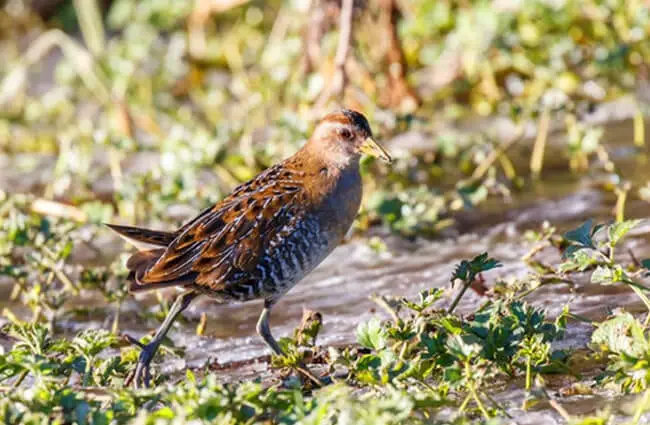
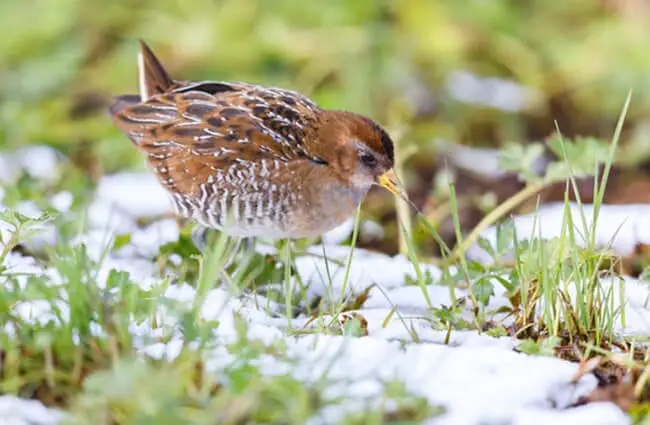


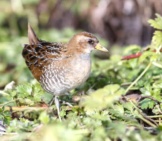

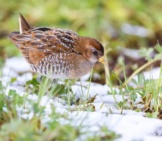

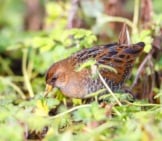
![Red Angus Closeup of a beautiful Red Angus cowPhoto by: U.S. Department of Agriculture [pubic domain]https://creativecommons.org/licenses/by/2.0/](https://animals.net/wp-content/uploads/2020/03/Red-Angus-4-238x178.jpg)












![Red Angus Closeup of a beautiful Red Angus cowPhoto by: U.S. Department of Agriculture [pubic domain]https://creativecommons.org/licenses/by/2.0/](https://animals.net/wp-content/uploads/2020/03/Red-Angus-4-100x75.jpg)

